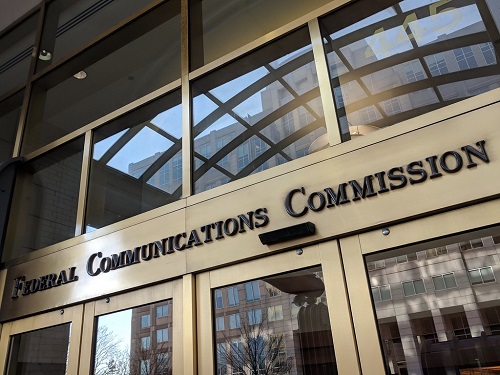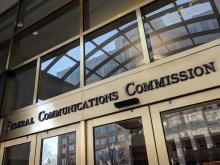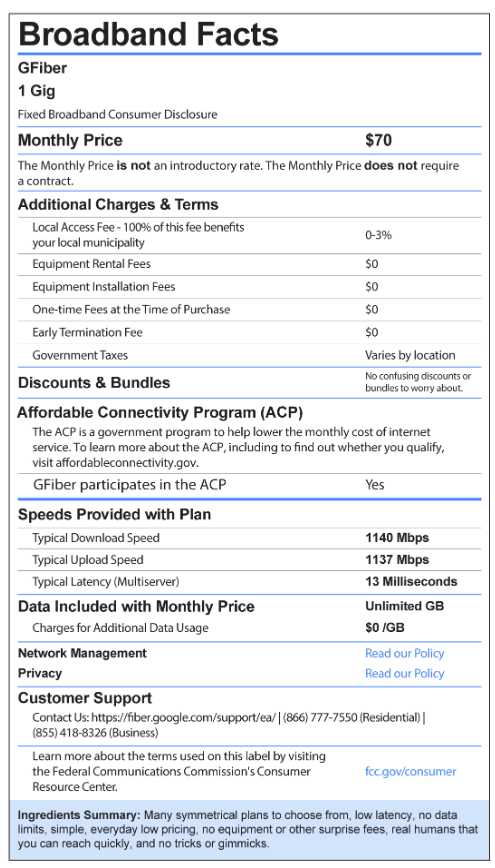FCC Broadband Definition Update May Be Too Little, Too Late
As we approached the new year, and after more than a decade of criticism, the FCC finally moved to tackle the agency’s long-dated definition of broadband with an eye on nudging the industry toward faster broadband deployments. But many industry watchers say the belated reform inquiry arrives late and long after other agencies have filled the void left by a lack of FCC leadership.
The FCC’s Notice of Inquiry (NOI), issued in November, asks whether the agency should finally adopt 100 Mbps (megabit per second) downstream, 20 Mbps upstream as the new standard U.S. definition of broadband.
“Ultimately, I believe it is essential in the United States to set big goals in order to get big things done,” FCC boss Jessica Rosenworcel said in a statement. “That is why we are kicking off this inquiry to update our national broadband standard to better align it with the standards in pandemic-era legislation of 100 Megabits per second down and 20 Megabits per second up and also set a long-term goal for gigabit speeds.”
But there’s nothing about the FCC’s planned definition that’s “big.”
Of particular annoyance to long-time industry watchers is the agency’s continued adherence to an upstream standard that remains out of touch with modern needs. While Senators and consumer groups had pushed for a symmetrical definition of 100 Mbps, cable industry lobbyists managed to convince the FCC to lower the upstream bar dramatically.

Cable broadband speeds are notoriously topheavy, with downstream speeds far in excess of upstream speeds. While full duplex DOCSIS technology is supposed to eventually remedy that, the technology remains far from widespread deployment.




